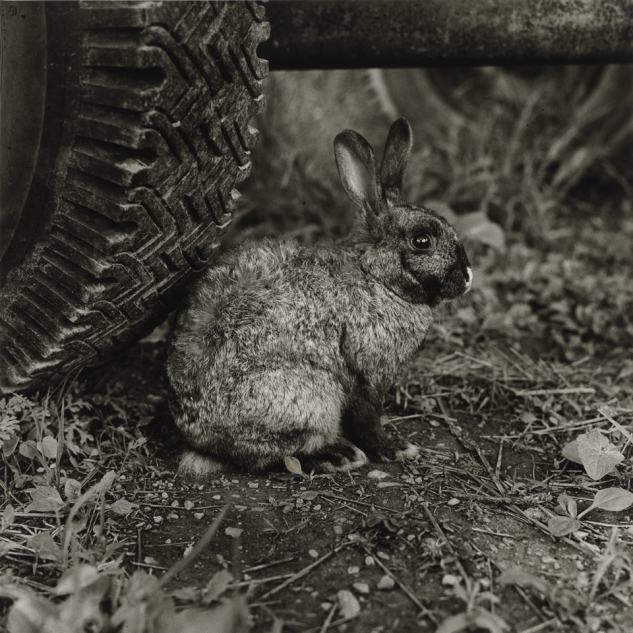I have been reading stories about animal encounters recently. Sometimes they are unexpected (the deer, the bear) and sometimes they are sought (the pet, the television nature documentary). When seeking out animals, what do we hope to discover? What they do and why? How similar we are? How different? Matthea Harvey’s poem “The Radio Animals” follows the following of animals: the tracking collars and “Wild Animal Cams,” the insatiable desire to know more and more and more about the details of animal lives. The animals, unidentified by species, “travel in lavender clouds” concealed or abstracted, out of reach. Later they scurry about on land: “Their little thudding / footsteps sound like ‘Testing / testing 1 2 3’ from a faraway / galaxy.” This sound is similar to the rhythms of human voices preparing to record (‘Testing / testing 1 2 3 ‘) so that we can preserve, review, and scrutinize.
Animal proximity to human understanding is always shifting: we know them, we don’t. On land, the animals forage. They are remote and mysterious, and have “secrets” which they transmit “to / the silver circle at the bottom of the / [Coke] can.” These secrets are theirs alone, though we have “wired their confessionals and hired a translator.” Shifting from objects to subjects, the radio animals disdain the binaries (in/out, true/false) that exemplify our ways of knowing. And yet, “we” still cast ourselves as knowers using the same language the animals scorn: “We know that when / they call us Walkie Talkies / they mean it scornfully.” This small poem does not tell us (much about) who animals might be. But it does give us a sense of ourselves, always pursuing, always watching.
THE RADIO ANIMALS
The radio animals travel in lavender clouds. They are always chattering, they are always cold. Look directly at the buzzing blur and you’ll see twitter, hear flicker—that’s how much they ignore the roadblocks. They’re rabid with doubt. When a strong sunbeam hits the cloud, the heat in their bones lends them a temporary gravity and they sink to the ground. Their little thudding footsteps sound like “Testing, testing, 1 2 3” from a far-away galaxy. Like pitter and its petite echo, patter. On land, they scatter into gutters and alleyways, pressing their noses into open Coke cans, transmitting their secrets to the silver circle at the bottom of the can. Of course we’ve wired their confessionals and hired a translator. We know that when they call us Walkie Talkies they mean it scornfully, that they disdain our in and outboxes, our tests of true or false.
–Matthea Harvey
Photograph: “Rabbit, Westown,” by Peter Hujar, 1978.

